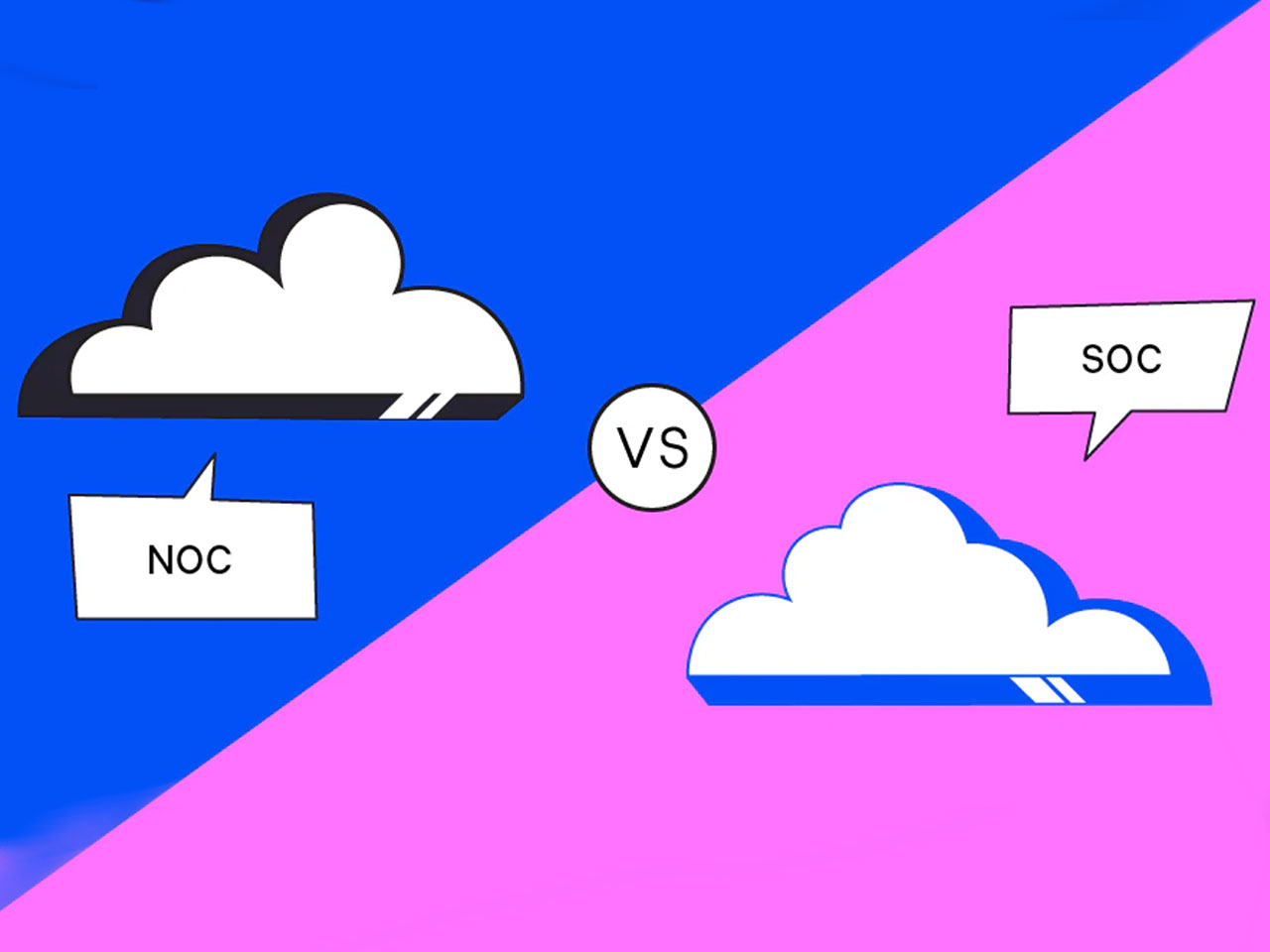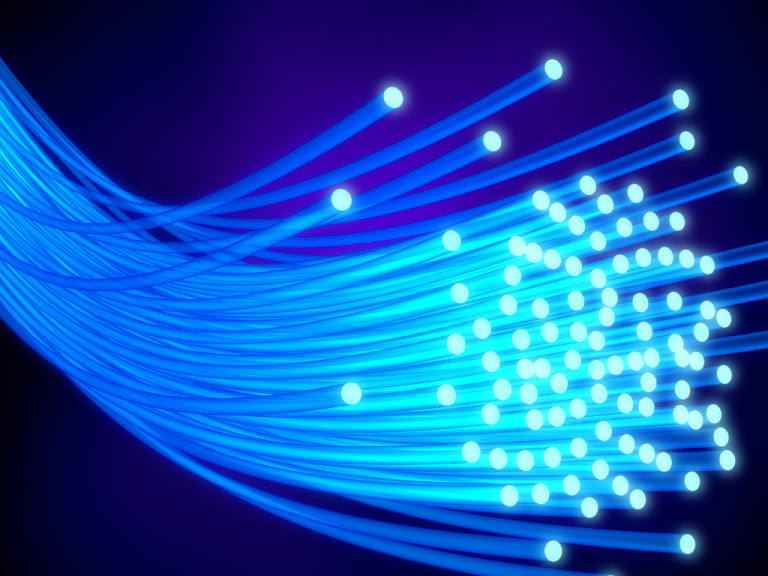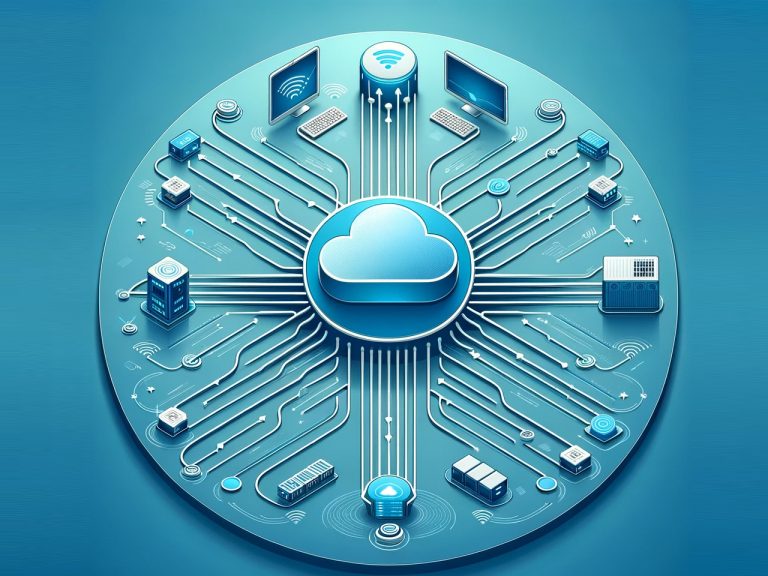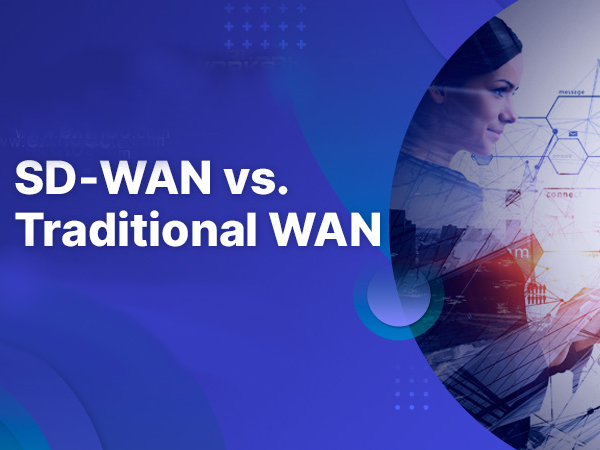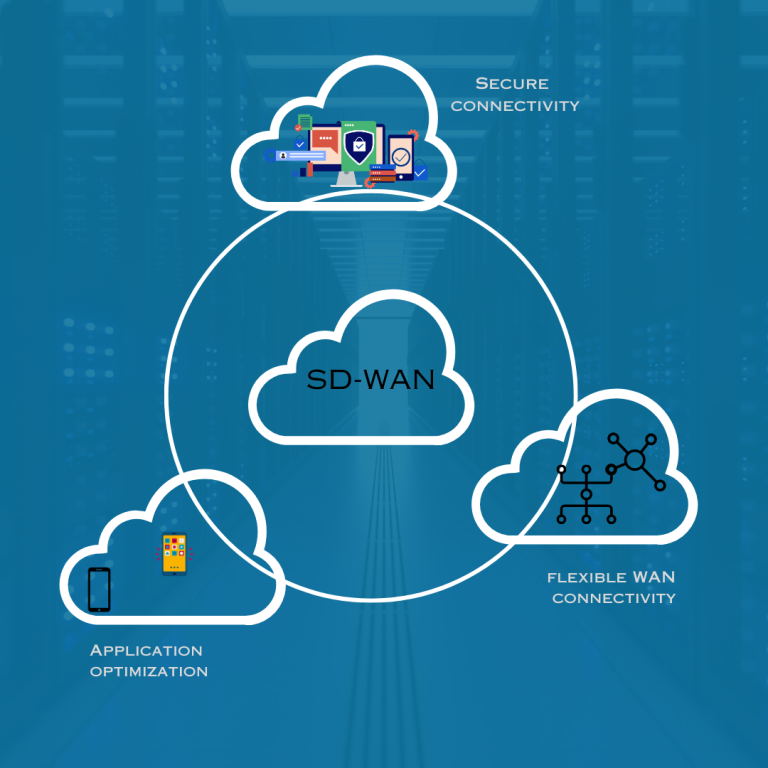Discover how SOC (Security Operations Center) and NOC (Network Operations Center) work with SIEM and SOAR to defend against cyber threats. Learn their differences, synergies, and why they’re critical for modern cybersecurity.
Introduction
In today’s digital age, businesses face escalating cyber threats, from ransomware to insider attacks. To combat these risks, organizations rely on two critical frameworks: SOC (Security Operations Center) and NOC (Network Operations Center). While both are vital for operational resilience, they serve distinct roles in cybersecurity. Paired with technologies like SIEM (Security Information and Event Management) and SOAR (Security Orchestration, Automation, and Response), SOC and NOC form a robust defense against evolving threats. This article explores how these systems work, their synergies, and their applications in safeguarding your digital assets.
What is a Security Operations Center (SOC)?
A SOC is a centralized team or facility dedicated to monitoring, detecting, analyzing, and responding to cybersecurity incidents. It acts as the “nerve center” for an organization’s cybersecurity posture, leveraging tools like SIEM and SOAR to:
Key SOC Functions
What is a Network Operations Center (NOC)?
A NOC focuses on maintaining network performance, uptime, and reliability. While not exclusively a cybersecurity unit, it ensures IT infrastructure (e.g., routers, servers, firewalls) operates smoothly. Key responsibilities include:
NOC vs. SOC: Key Differences
| Aspect | SOC | NOC |
| Primary Focus | Cybersecurity threats | Network performance and uptime |
| Tools Used | SIEM, SOAR, EDR | Network monitoring software |
| Key Metrics | Incident response time, MTTR | Uptime %, network latency |
SIEM: The Backbone of SOC
SIEM (Security Information and Event Management) aggregates and analyzes log data from firewalls, servers, endpoints, and applications. Leading solutions like Microsoft Sentinel (ranked a Leader in Gartner’s 2022 Magic Quadrant) empower SOC teams to:
Top SIEM Use Cases
SOAR: Supercharging SOC Efficiency
SOAR (Security Orchestration, Automation, and Response) platforms like Palo Alto Cortex XSOAR or Splunk Phantom enhance SOC workflows by:
Example Workflow
SOC and NOC Synergy in Cybersecurity
While SOC and NOC teams have distinct roles, collaboration is critical:
Choosing the Right Framework for Your Business
Conclusion
In the battle against cyber threats, SOC and NOC are complementary forces. A SOC armed with SIEM and SOAR focuses on eliminating risks, while a NOC ensures operational continuity. For businesses navigating today’s threat landscape, investing in both frameworks—and the technologies that power them—is no longer optional.

